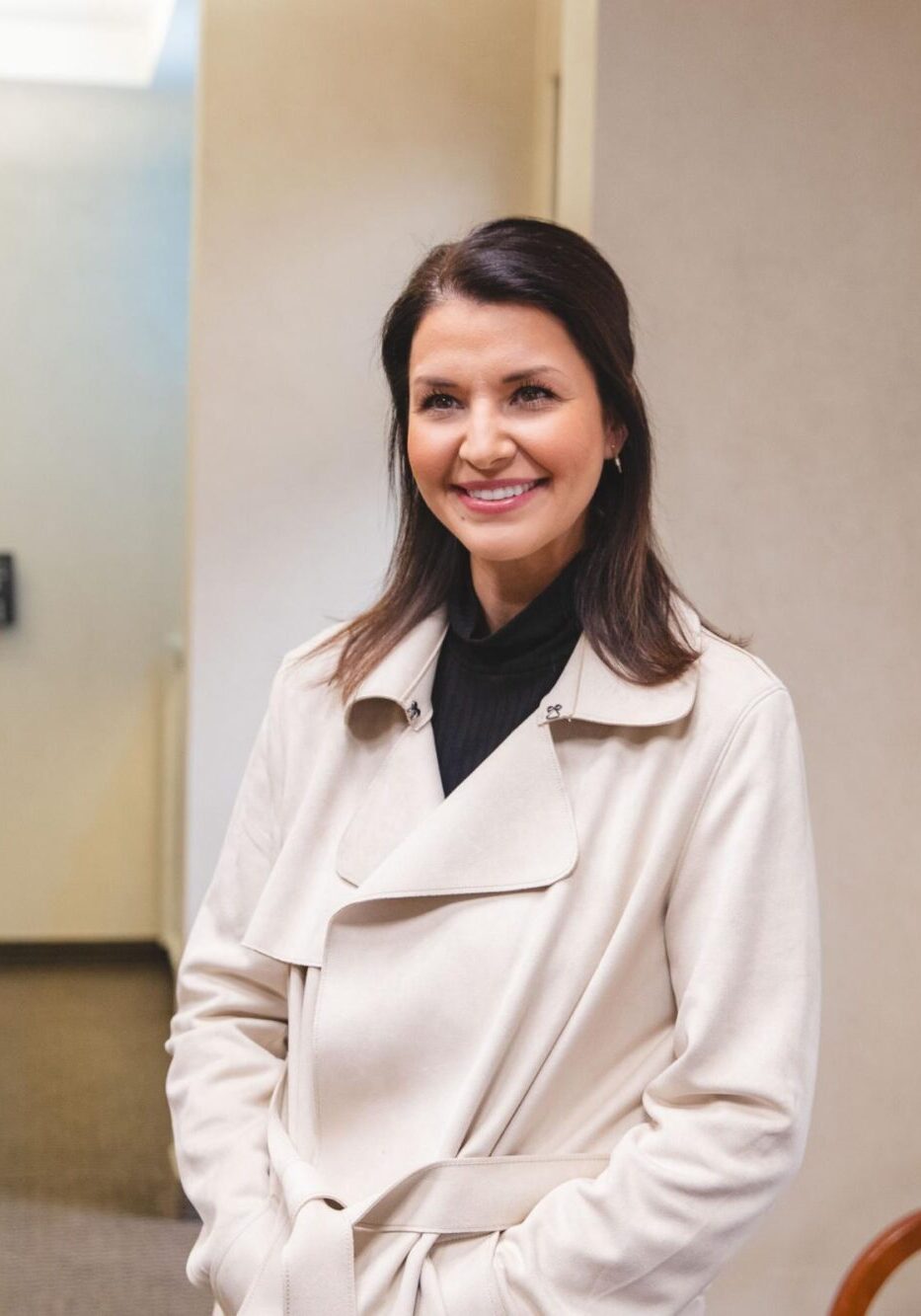
Serving Smiles of
All Ages
Johnston Orthodontics offers comprehensive care for kids, teens, and adults in Baytown. People of all ages enjoy top-tier orthodontic care in our office.
How Orthodontics Help You
A Straighter, Fresher Smile
Straightening your teeth does more than improve your appearance — it also paves the way for better oral health. Aligned teeth are simpler to clean, reducing the risk of cavities and gum issues.
A Fabulous Face
A balanced smile plays a pivotal role in highlighting the natural beauty of your facial features. Let us help you get a smile that not only shines brightly but also complements and enhances your overall facial aesthetics.
Better Bite, Better Health
Aligning your teeth with orthodontic treatment can significantly reduce your risk of dental issues while supporting heart health and overall well-being. With Johnston Orthodontics, you're taking a step towards not just a brighter smile but a healthier future.
Orthodontics for Children
Beginning orthodontic care during childhood can pave the way for a lifetime of confident smiles. At Johnston Orthodontics, we value each young patient, offering exceptional care for their unique needs.

Nurturing Young Smiles
The American Association of Orthodontists, along with Dr. Johnston, advises that your child should have an orthodontic assessment by the age of seven.
This timely check ensures that your child's teeth and jaw align as they grow.
Addressing your child’s potential issues early on can prevent more complex challenges in the future.
If your child could benefit from early intervention, we'll clearly outline the reasons and available solutions, guiding them toward optimal oral health.
We understand that your child's initial visit to the orthodontist might feel intimidating. Dr. Johnston remains dedicated to making your child feel relaxed and informed, breaking down each procedure in a friendly manner.
Orthodontics for Teens
In our Baytown clinic, the prime age for orthodontic care typically falls between 11 and 16 years. This period is ideal for Dr. Johnston to spot and rectify concerns related to your teen’s smile.
By their teenage years, your teen’s oral structure is mature enough to support orthodontic devices that align seamlessly with their natural growth phase.
At Johnston Orthodontics, we offer your teen a selection of:
Each of these choices brings its advantages, all aimed at refining your teenager's smile.

Benefits of Teen Orthodontics
Orthodontic treatment at Johnston Orthodontics offers all sorts of benefits for the developing teen.
Satisfying Self-Esteem
A confident smile can work wonders for your teen's self-esteem. Undergoing orthodontic treatment not only aligns their teeth but also boosts their self-assurance.
How? They get to witness the transformation in their smile, which often leads to a positive shift in how they view themselves.
Awesome Oral Health
Boosting your teen’s oral health is a prime perk of orthodontic treatment. Straighter teeth mean fewer cavities and a lower risk of gum issues, ensuring your teen's smile stays bright and healthy.
Precision Bite Alignment
Your teen’s teeth and jaws work best as a team. When they’re united, they can do wonders. Treatment at Johnston Orthodontics can give your teen the precision bite positioning they deserve.

Orthodontics for Adults
At Johnston Orthodontics, people of all ages are entitled to remarkable smiles.
Nearly a quarter of our patients are adults, proving it's always possible to refine your grin. Dr. Johnston is dedicated to collaborating with you to ensure your chosen treatment aligns with your unique goals.
Why wait? We’re eager to meet you, and our consultations won't cost you a dime. And if you're on the fence about beginning treatment, rest assured — we're committed to making sure you understand every available option.
Why Orthodontic Care Matters
The Power of a
Confident Smile
When you feel good about your teeth, it shows in your personal interactions and daily life. Orthodontic care not only enhances your dental health but also empowers you with a smile that truly shines.
Lifelong Dental Health
Your oral health is a reflection of your overall well-being. By choosing orthodontic care, you're making a long-term investment in your health and happiness.
A Flawless,
Functional Smile
Orthodontics makes your teeth look better. But treatment also improves functionality. By prioritizing orthodontic care, you're ensuring that your teeth not only look great but also work together to maintain excellent oral health.
All Ages Welcome
Seeking orthodontic treatment is a significant step. To make it easier, consultations at our Baytown office are free. Say goodbye to orthodontic concerns and take the first step with us today!